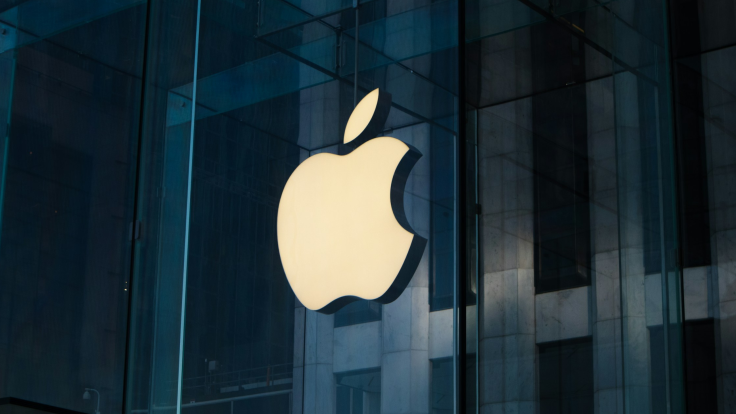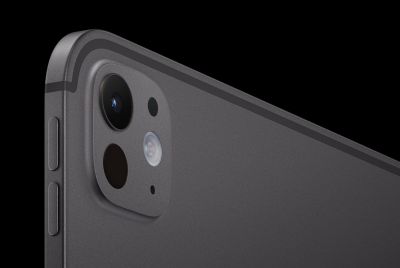Apple Glass Might Not Feature What Tech Enthusiasts Have Been Waiting For — When Could AR Feature Arrive?
Possible release date, features, and other important details

Apple may finally unveil its long-awaited Apple Glass soon, but reports reveal a major twist — it might launch without Augmented Reality (AR) capability. Reports stated that the company is planning a gradual rollout of AR technology rather than an immediate one. The lightweight spectacles, expected to be introduced in 2026, could act more as a smart assistant device than a full AR headset.
While fans have long anticipated immersive visuals similar to those in Apple's Vision Pro, the tech giant appears focused on perfecting usability first. This approach shows Apple's careful balancing act between innovation, practicality, and its long-term AR vision.
No AR Feature for Apple Glass?
According to VOI, Apple is holding back from introducing a complete AR experience in the first version of Apple Glass. Instead, the device may prioritise lightweight design, comfort, and efficient battery life over visual immersion.
Speculations claim that Apple will release a competitor to Meta's Ray-Ban smart glasses, but that glasses with a display will not come with the first version. The company's focus reportedly lies in creating a seamless everyday wearable that complements users' iPhones.
Sources suggest that Apple is refining its ecosystem before adding advanced AR hardware. The firm is believed to be working on a new processor derived from the Apple Watch chip, capable of handling calls, Siri interactions, and photos — but not yet ready for real-time AR rendering.
When Would AR Feature Be Integrated?
Although the first model might not have it, rumours stated that the future version of Apple Glass could finally include an AR display. This second-generation model is expected to integrate digital visuals directly into the lenses. However, no exact release date has been set.
Apple's strategy could follow the same model as the Apple Silicon rollout — announcing the product early to give developers time to adapt apps for the new platform. This slower launch method would allow Apple to strengthen its AR software base while collecting user feedback from the first version.
Analysts predict that the full AR experience could appear sometime after 2028. The delay largely depends on how fast Apple can improve its micro-display and battery technology, both critical for a lightweight AR product.
What Can Apple Glass Do?
Even without AR, Apple Glass is still expected to include several useful features. It's expected to operate like a portable smart assistant — capable of making calls, taking photos, and executing Siri commands hands-free.
The glasses' chip could handle phone calls and Siri requests while remaining efficient. Users may receive notifications or contextual cues through sound or light signals instead of visual overlays.
Future versions could later include features such as walking navigation, object detection, and environment recognition once the AR display arrives.
Apple Glass Could Arrive By 2026
Apple Glass is reportedly scheduled for announcement in 2026 and release in 2027, as per Apple Insider. Apple's rollout could mirror its earlier strategy with Apple Silicon chips — an early reveal followed by a later release.
Apple's cautious approach suggests a long-term plan: start simple, build user trust, and evolve toward advanced AR. For now, enthusiasts will have to wait a bit longer before Apple's vision of immersive smart eyewear becomes a reality.
© Copyright IBTimes 2025. All rights reserved.



















